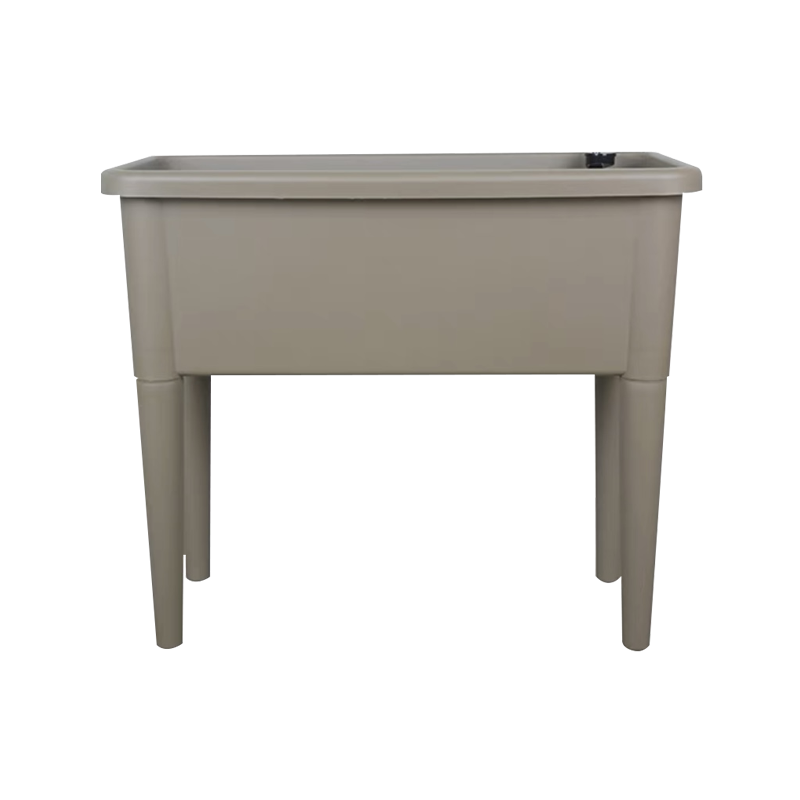Outdoor Flowerpot use can support sustainable gardening when approached thoughtfully. Selecting materials, managing water use, and reusing containers all contribute to reducing environmental impact while maintaining a healthy garden space.

Plastic flowerpots are often made from recyclable materials, and many manufacturers now produce options using post-consumer recycled content. Choosing these products helps reduce the demand for new raw materials. In addition, plastic pots tend to last through many seasons if cared for properly, limiting the need for frequent replacements.
To further reduce waste, consider reusing pots each year. Cleaning them with mild soap and water removes any residues that could harm new plants. If a container becomes damaged, it may still be useful as a decorative cover for another pot or as part of a creative project in the garden.
Water conservation is another important aspect. Placing flowerpots together can create microclimates that help retain moisture, reducing the frequency of watering. Adding mulch to the top of the soil in each pot also helps slow evaporation and protect roots from temperature swings.
When selecting soil, using organic or locally produced mixes can reduce transportation impacts. Composting plant debris and integrating it into potting soil provides nutrients without relying exclusively on commercial fertilizers.
Outdoor flowerpots also support biodiversity by providing flexible spaces for different types of plants. Gardeners can rotate flowers, vegetables, and herbs throughout the year, encouraging pollinators and other beneficial wildlife to visit.
Proper placement of containers reduces the need for supplemental watering or artificial shading. Observing how sunlight moves across the space allows you to position pots in ways that match each plant’s needs naturally.
By combining recycled materials, careful water management, and seasonal replanting, outdoor flowerpot gardening can be both attractive and environmentally responsible. These practices create a sustainable foundation for a garden that thrives across seasons without unnecessary waste.






